Injury as a tool for slowing down and for freedom of movement
I learnt to love myself through injury
This piece was originally commissioned by lululemon.
With photographs by Adam Borello.
*I’ve since recovered from the main point of the injury I write about. And am entering a new phase of applying all of the learning into balanced, controlled and more embodied acts of running and movement.
Thank you for reading. And please reach out if you would like to chat more about the process of being injured.
For many years once I left the house for a run, I moved without too much thought. Whatever pattern my body would form is how I ran. This is what I thought running was. Just movement: faster, longer –– inhale, exhale, finish. I occasionally looked for paths to improvement via short-lived ideas that weren’t functional to how I needed to move my body.
The fears you have about yourself leak into your running. I was terrified of disappointment, and I didn’t want to fail. I didn’t want to have to try any more than I thought I was. Instead of taking a conscious approach to self-exploration, I looked to naive ideas and uninformed techniques.
And so, after a series of personal bests, I found myself at my personal worst. I hobbled about and watched on as everyone planned the next run in our group message, knowing I was sitting this one, the next one and many more to come out.
The body craves for you to think about it – it is constantly sending signals to your brain and brain to the body. I ignored this dialogue until the pain in my leg became like an annoying sibling. And so, I paused within the pause of injury.
This pause, however, did beautiful things. I decided to do things. To be curious about what my body could do. I learnt to love myself through injury. I discovered how the body is connected and integrated like Luke is to the force, binding. Conscious thought is empowering. Perhaps, I thought, there is more to be learned in the time and space of being still than going further and faster.
When we write by hand, it slows us down. There is no delete button. By crossing out your mistakes, you leave an archive of your learning. Handwriting forces you to think about what you say, hear or read. Just like handwriting, injury forces you to slow down. And the change of pace can breathe space into your movement.
In this time, I decided to pay attention to myself. I discovered imbalances and different movement patterns, and then as I refined again and again and again, I was like, ‘Oh, this is what the thing is!’ I told myself over and over, 'Attention is sustainability; it is what keeps you connected, it is what drives momentum'. No more waiting for the shove of injury or what society was telling me is right, right now.
I'm reminded of graphic designer Stefan Sagmeister who is known to take a full year sabbatical of rest and time away from the studio every seven years. He said this time off, or autonomy, 'created opportunities for incubating ideas that became large and more poignant projects in the future. This isn’t to say 'take a year off running,' but suggests that the dips, the rest, and space allow for absorption, strengthening, reflection, and delight.
One way I learnt to create space is through a practice called progressive overload. The process measures your load, fatigue and recovery next to your fitness for a period of time. I could see, feel and understand if I was going below my baseline of fitness (area for possible injury). I could sense if I was plateauing or progressively adapting, challenging my body and getting stronger. It was in the residue of the work where I was absorbing everything.
Before this, I was met face to face with my ego and societal expectations of performance. Some of these things are hard to quantify or are largely unseen. 'While injured, I was slowed down to a pace where I could think at a speed that my body could keep up with.' At moments, witnessing the absence of movement in myself against its abundance hurt. Until, luckily, it became an opening. An opening in hindsight that was liberating and joyful. I realised Injury is this weird path toward what you have come to know, called thinking, which is what running is.
Injury can reconnect us to the bodily magic of running, and it reminds us that running comes from our bodies. The training of the body as an instrument of the mind is of great importance to runners. How can the foot make stable contact with the ground if the arm swing is misaligned? The arm, the hips, the knee, the foot, and the whole body can be prepared for relaxation, strengthening, and sensitisation.
I was drawn to the mesmerising flow of watching professional runners; they appear to be running in slow motion while running at such speed. On study and working on technique, the mechanics of running turns out to be truly simple, to the point when the levers of your arms and legs are moving in controlled sync, I was starting to run with relaxed speed.
Running can be as simple as leaving the house and moving without fear of the next set of pains and abrupt stop of injury. Its delight can be found in your most challenging moments and can mould you into something beautiful, into something you were not even aware of. Pain, when used in the right ways, can do some good. And by learning to change the way you approach so-called bad experiences of being injured. Like any skill, it takes time to learn, improve and become embodied. If we treat running as a skill, we can reframe rest, recovery and injury times as part of the practice. It's a chance to accomplish something new and learn to run with smooth, controlled freedom.

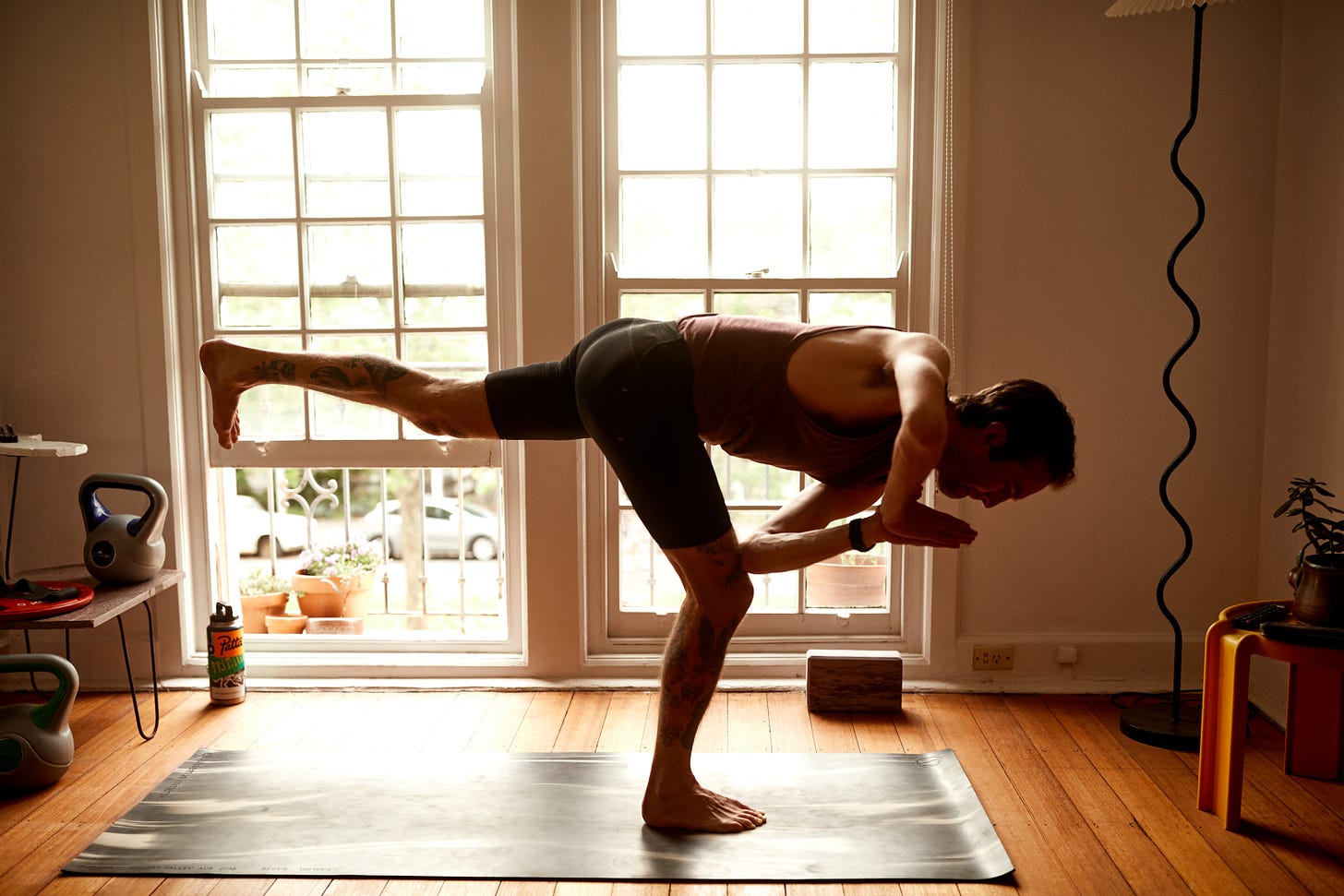
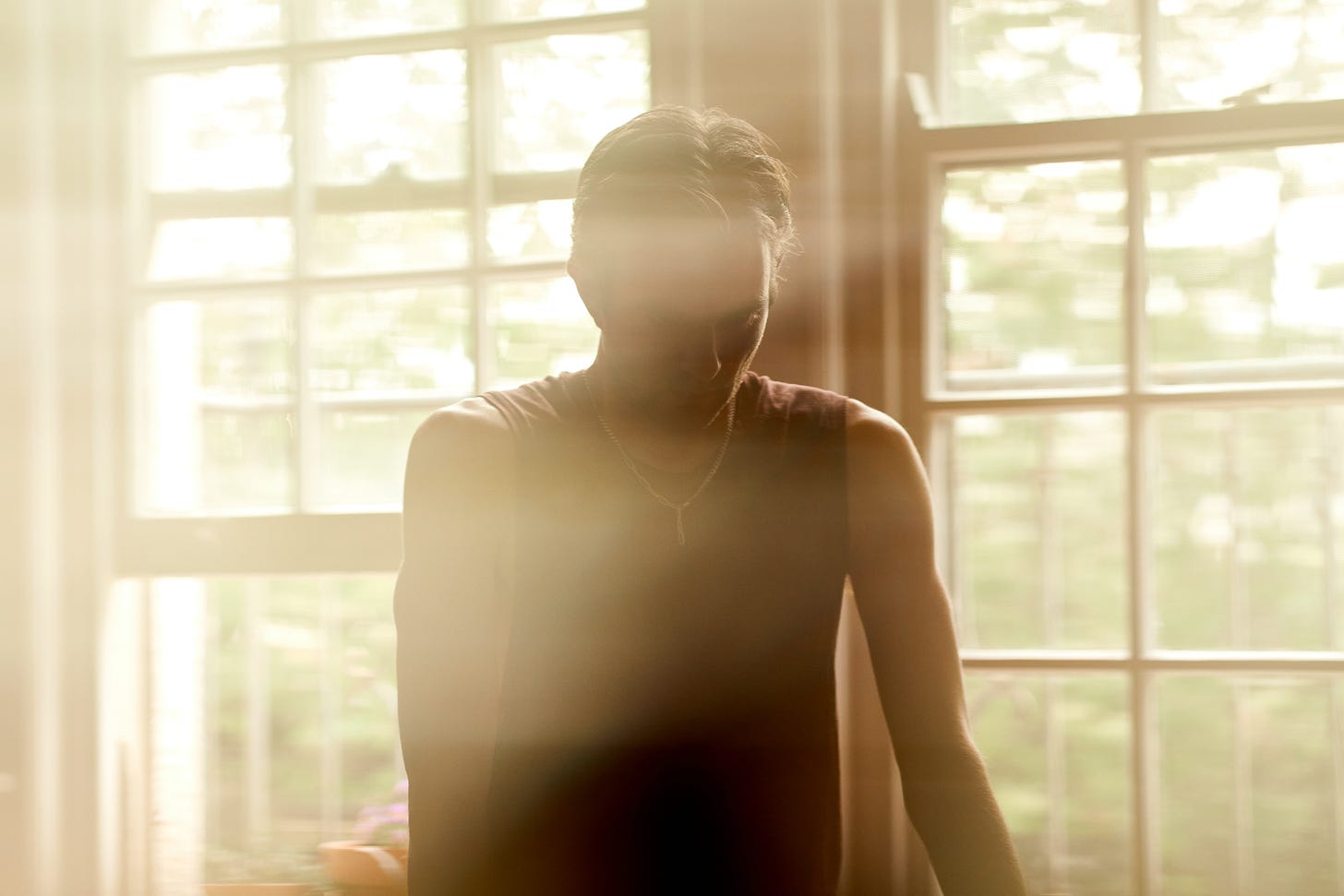
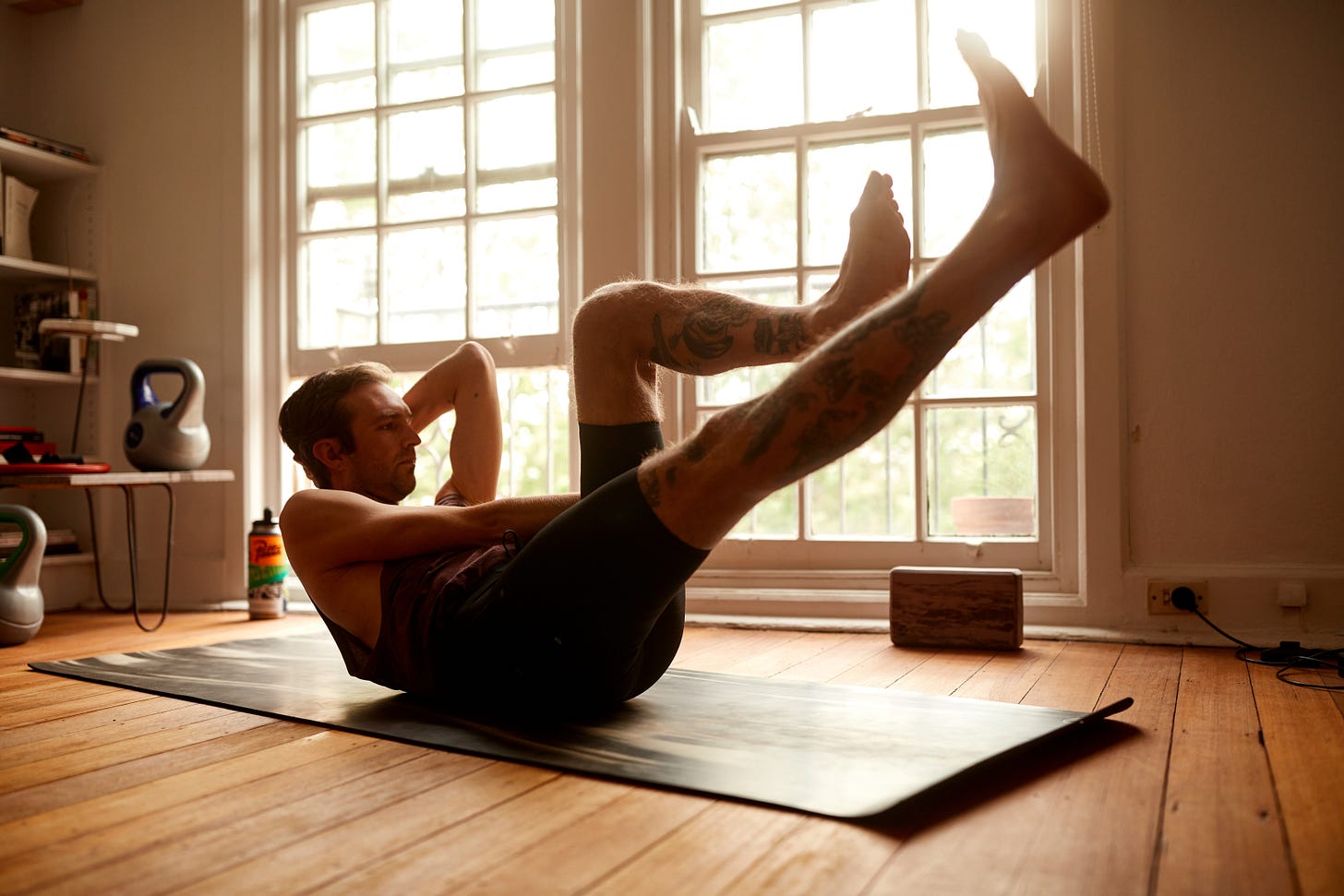
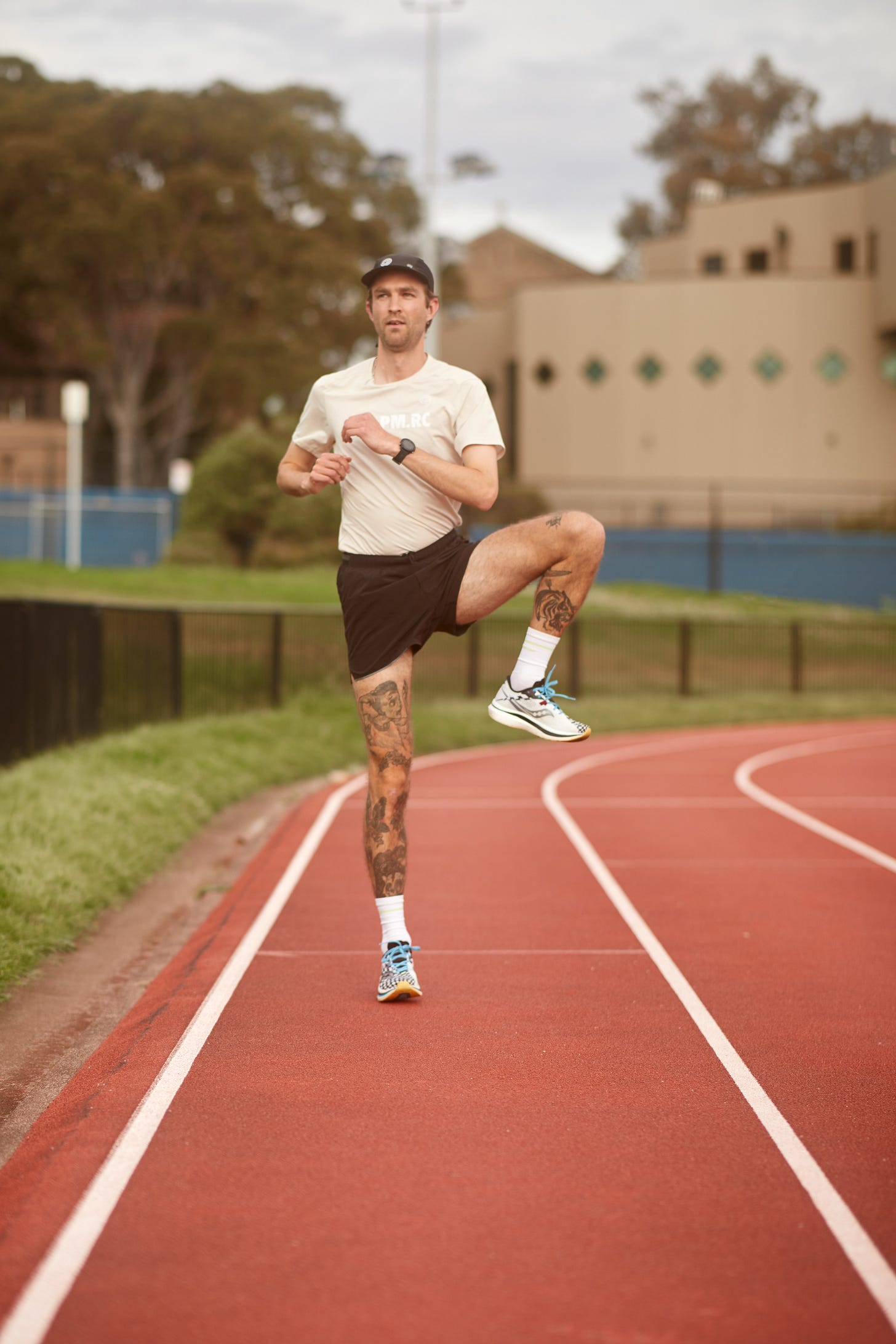

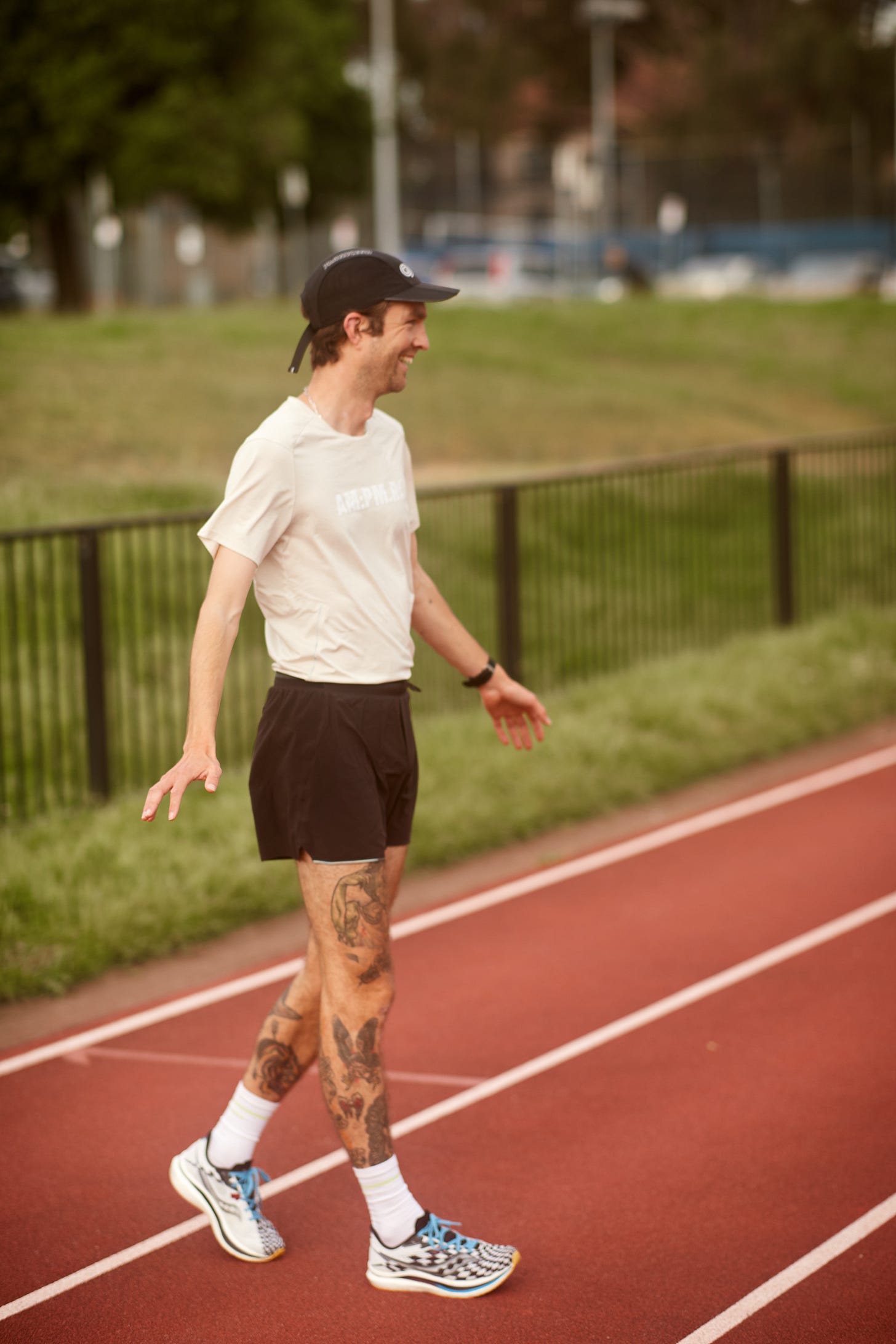
I loved the article BC, very interesting perspective on being injured.
I'm taking a few weeks away from running and this motivated me to see this period as an opportunity to learn, explore new ideas and become stronger.
Thanks for creating this.